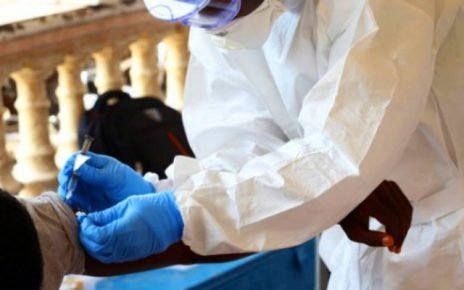On Tuesday last week, an earthquake that was a 6.7 on the Richter Scale hit the Yamagata prefecture coastline. Thousands of households all the way to the city of Sakata lost electricity and the bullet trains ground to a halt. Around 9,000 households lost power in Niigata and Yamagata, as reported by Tohoku Electric Power Co.
Fortunately, despite the fortitude of the quake, no injuries or loss of lives were reported.
The earthquake was determined by the JMA (Japan Meteorological Agency) to have been a shallow one, just about 14.5 kilometers below the surface. Usually, these shallow quakes tend to cause a great deal of damage, but this time, it was not the case.
The real reason the shallow quakes cause hard, other than the obvious, is because they may instigate tsunamis. The JMA officials had to issue a tsunami warning along the Yamagata, Ishikawa and Niigata prefectures. Even though a 1-meter tsunami was predicted by the agency, the worst to happen was sea swelling in several cities a few hours after the quake.
The tsunami warning was lifted soon after, about 2 and a half hours after the earthquake had struck.
The Chief Secretary of the Cabinet, Mr. Yoshihide Suga, said that a number of minor injuries were reported in the Yamagata and Niigata prefectures, but none were serious. However, residents were warned to prepare themselves for possible aftershocks.
The Japanese live in constant awareness of earthquakes, and sadly, this is not the first or last time they will have to be vigilant. A crisis management official, Mr. Takehiko Takahashi, spoke to the inhabitants of Tsuruoka city in a TV interview. He let them know that officials would help the residents along the coast in evacuating to higher ground preventatively.
Over 1,500 residents took shelter in the Murakami city evacuation centers, as well as in other shelters around the Niigata prefecture. Japan’s national public broadcasting organization (or NHK for short) broadcast images of residents sleeping on flattened out cardboard boxes being used as mattresses while sleeping in a school gym. The school was packed full, and many had to stay awake as they were sitting up against the walls; children included.
As a precaution, all 7 reactors at the Kashiwazaki-Kariwa nuclear plant in Niigata went offline. There were no abnormalities reported and two other nuclear power plants in the surrounding region also remained intact, assured the Nuclear Regulation Authority.
The Prime Minister’s Office had even set up an emergency response team that assessed the damage to property and human injury.
Prime Minister Shinzo Abe personally assured that the local authorities, as well as everyone involved, is doing everything to keep people safe.
The NHK showed footage of broken glasses, half-eaten meals and dishes scattered all over a bar in Tsuruoka which was left empty after customers fled out in a panic.
The eastern coast, home to the big Fukushima plant, is deemed safe from any aftershock. Citizens were especially relieved to hear this, as the memories of the not-so-long-ago 9.0 earthquake remain vivid in people’s memory. The quake that had jolted the northeast shore back in 2011 had claimed over 18,000 lives and triggered some meltdowns at the Fukushima power plant.
The world prays for Japan, hoping that the worst is over.




